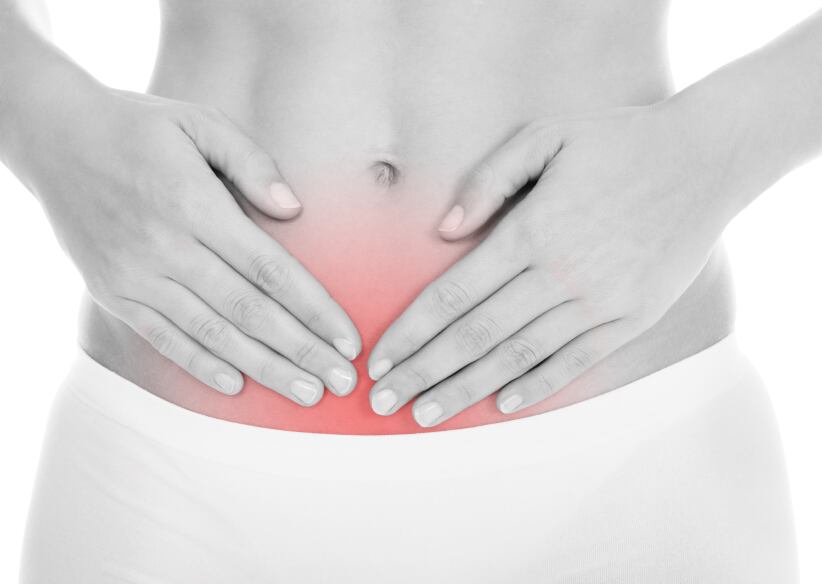The study attempts to verify probiotic ability to remain viable at the target site – a task made more difficult by a hostile gastrointestinal system as well as the intrinsic properties of the microbial strain.
Researchers from the University of Milan also look at viable cell numbers administered and manufacturing procedure adoption that determine viable probiotic cell count throughout the product’s shelf life.
“Higher doses of probiotics result in higher levels of faecal recovery; this has been shown before,” said Dr Arthur Ouwehand, technical fellow at DuPont Nutrition & Health.
“What is fascinating with the Taverniti study is they show a higher dose also leads to an earlier and longer detection of the consumed probiotics; suggesting a more stable ‘colonisation’.
“This begs the question if a higher probiotic dose also leads to earlier and more reliable health benefits.”
One billion CFUs
Studies have noted a reduction in viable cells per dose below the limit stated on the label and below the recommended minimum dose for a potential effect on the host. One billion (bn) colony-forming units (CFUs) is the recognised dose.
The decline in microbial viability over the shelf life of the product highlights the importance of selecting shelf-stable probiotic strains, excipients with a low water activity and appropriate packaging.
Consequently, experts recommend the proof of survival in the gut to be assessed for a particular probiotic strain and for each specific commercial product that contains such probiotic microorganism.
The research team began by selecting four DuPont-developed strains (Bifidobacterium lactis Bl-04, Lactobacillus acidophilus La-14, Lactobacillus plantarum SDZ-11 and Lactobacillus paracasei SDZ-22).
Next, 40 male and female adults aged 18-60 of good health were assigned to two equal groups, where they consumed a probiotic formulation consisting of either 7bn or 70bn CFU. This occurred daily for two weeks.
Subjects were then monitored for a follow-up period of two weeks. For the duration of the study the volunteers were asked to collect 19 faecal samples, which were then tested for probiotic recovery.
Findings on the first day revealed four probiotic strains were detected earlier in the high dose group when compared to that of the low dose group.
Additionally, on the last day of probiotic consumption, viable cells of all four strains were recovered from those consuming the 70bn CFU dose.
However, recovery of these strains did not prove successful in the five subjects who consumed the 7bn CFU dose.
During the two-week follow-up period, viable recovery proved significantly higher and detectable for longer in subjects consuming the higher dose formulation versus those consuming the lower dose.
“The results obtained demonstrated that all strains investigated can be recovered from faeces, maintaining approximately the relative proportion they had in the product,” the study concluded.
“This suggests that in the gastrointestinal tract there is no prevalent growth of a strain compared to the others, even though it could be expected that gut environmental conditions might affect differently bacteria depending on their physiological characteristics.
Multi-strain trend
The team also noted the delivery of an adequate number of live cells into the host’s intestine was unavoidably related to the conservation of viability of probiotic cells in the product.
They acknowledged that although available industrial technologies may guarantee an excellent survival of probiotic microorganisms in the appropriately stored product, little was known about the fate of microbial cells once the probiotic product was opened and handled by the consumer.
“These data (in the study) demonstrate the importance of good probiotic product manufacturing (including the selection of proper packaging) to overcome the impact that consumers’ handling may have on microbial cell viability inside the product.”
"Since we are experiencing a clear trend toward multi-strain and higher potency probiotic formulations in many markets around the world, it is encouraging to see study results which may assist in better understanding the benefits of these formulations from a consumer perspective,” added Valerie Delahaye, global leader of dietary supplements for DuPont Nutrition & Health.
Source: Nutrients
Published online: doi:10.3390/nu11020285
“Effect of Cell Concentration on the Persistence in the Human Intestine of Four Probiotic Strains Administered through a Multispecies Formulation.”
Authors: Valentina Taverniti




